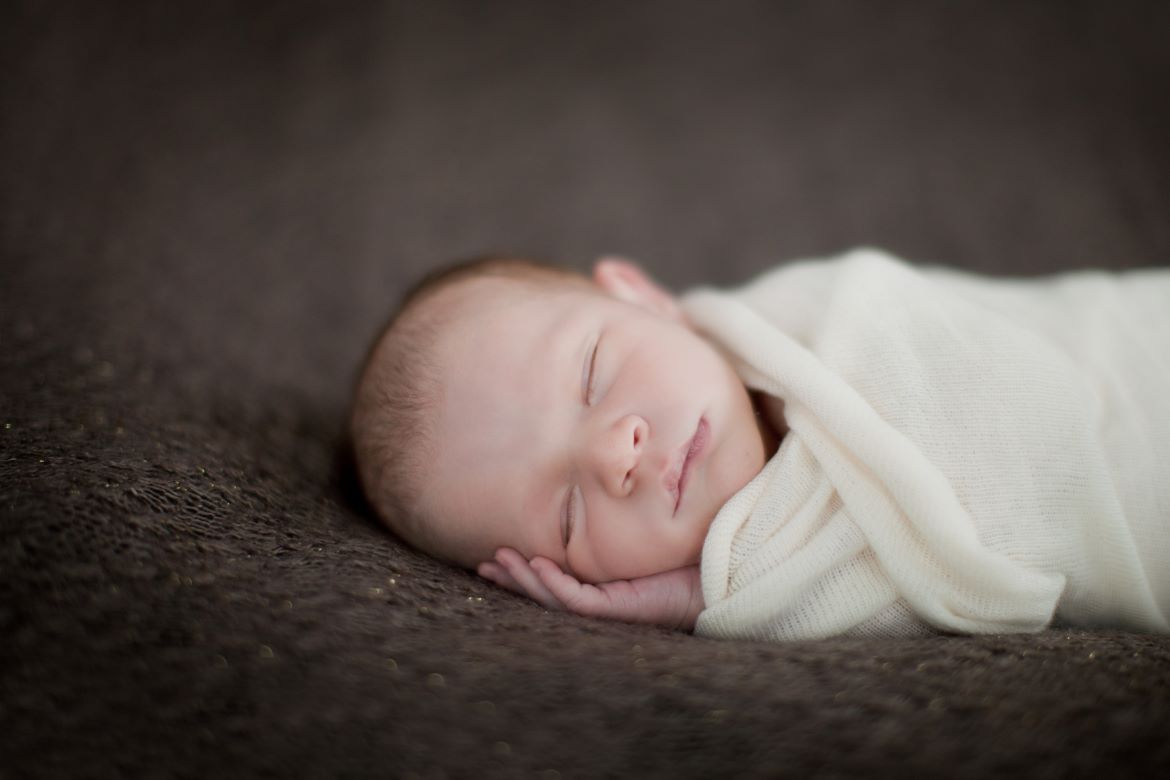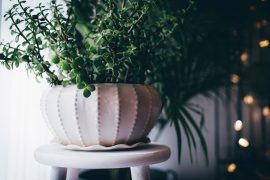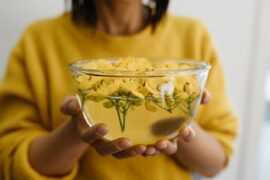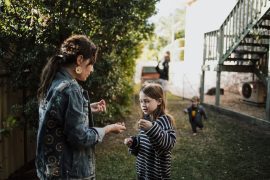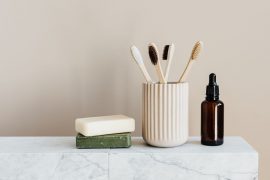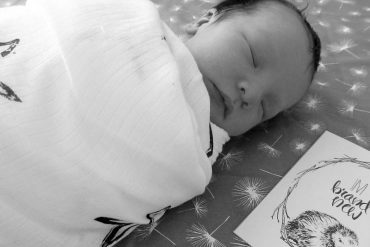By Bronwyn Fanshawe
OMG! So exciting! Little One is on their way and you want an Insta-worthy, Pinterest- loving nursery… who doesn’t?! But before you rush out and spend up a storm, remember that not everything that is pretty is good. So many synthetic materials are loaded with harmful chemicals – Imagine, a noxious soup of carcinogens, endocrine, thyroid and immune system disruptors, allergens, neurotoxins and so much more delivered straight to your baby’s developing brain and body! Creating a natural nursery will be far healthier and safer for bubs… and can still be droolalicious Instaworthy!
Before I start, I’m going to talk about VOCs (Volatile Organic Compounds) and vinyl/PVC quite a bit so, instead of boringly repeating myself, read the health impacts of these two nasties at the end of the blog
1. Walls: Low/no VOC paints & wallpaper
Back in the day, it was normal for paint to contain lead – what the hell?! So, if you have an older home, get your paint tested and make it safe (use professionals) as lead has serious health impacts. Don’t be fooled by a nice-looking paint job – that lead paint could be lurking behind decades of garish colours and 70s wallpaper.
All regular paint emits VOCs; the fresher the paint, the higher the VOC count.
If you are redecorating, use no/low VOC paint and paint at least a month before baby arrives… If you’re pregnant, don’t DIY – get someone else to do it.
Wallpaper has other toxins apart from VOCs. Popular and cheaper wallpaper uses vinyl/PVC, which is the Poison Plastic! It’s the most harmful plastic to both humans and the environment! Choose natural fibre wallpaper which does not contain anti-microbials or chemical fire-retardants and use no/low VOC adhesive.
2. Flooring: Natural fibres, hard floors or low VOC carpeting
If your nursery floor is hard, e.g. wood or tiles, it’s unlikely that you’ll change it because that’s a freaking major! You could add a rug, which is great for head bumps, bad for vomits. Natural fibres are safe and healthy.
If you have carpet, you have the VOC issue again. Carpets older than 5 years have mostly off-gassed but newer carpet will still be releasing VOCs. The newer, the higher the count. If you plan on replacing the carpet, use low VOC carpet, wool being the best as it biodegrades at the end of its life whereas synthetic materials contribute to the waste problem. Air out carpets before installing and install at least a few months before baby arrives.
Stepping outside of the nursery just quickly – don’t use vinyl flooring anywhere that baby will crawl. Remember – vinyl is the Poison Plastic! Linoleum looks like vinyl but is safe as it’s made from all-natural materials.
3. Air quality: Plants, ventilation & no air fresheners
Children are more susceptible to air pollutants as they breathe faster and take in more polluted air relative to their weight.
Add clean air plants to your nursery and home - NASA studied common house plants in 1989 and confirmed that plants help filter the air of the 3 most common VOCs. For best results, expose the soil as the micro-organisms within are part of this filtration process. But beware that a lot of common house plants are mildly toxic to pets and children if eaten and all can be a choking hazard so place plants out of reach.
You may want to create a lovely smelling room but steer clear of air fresheners. They contain fragrances which are ‘trade secrets’ so the chemicals don’t have to be listed.
You’re therefore playing Russian Roulette; spin the barrel and you could have a safe one or an immune system toxin, developmental and reproductive toxin, respiratory toxin, neurotoxin, carcinogen or endocrine disruptor.
It’s better to use pure essential oils but be safe. Essential oils are powerful and a lot of EOs are not suitable for babies at all, so check our blog on safe use, written by a highly-qualified professional. If we don’t cover something, get advice from a qualified professional and not a sales person.
Fresh air – open those windows and get rid of the stale air. Mould is a big problem in New Zealand and airing rooms regularly helps to keep the room mould-free.
4. Mattresses: Natural fibres
Babies spend about 10-14 hours per day sleeping in the first few months… 14 hours up close to a toxic concoction impacting them with every breath. A 2014 study conducted found that body heat increases VOC emissions from mattresses and these emissions are strongest in the infant’s immediate breathing zone- up to 21 times more than the rest of the room!
The most common foam for baby mattresses is petroleum-based polyurethane. Polyurethane is made when methylene diphenyl diisocyanate (MDI) and toluene diisocyanate (TDI) reacts with polyols. These chemicals, individually, are highly toxic and workers in the factories wear full-body protective gear and respirators. The production process was identified by the EPA as a major contributor to hazardous air pollution. When you receive the product, it is apparently ‘stable’ but it releases toxic VOCs.
Vinyl is used for waterproofing and quite common in baby mattresses and bed protectors. I wouldn’t want my baby breathing in 14 hours of vinyl pollutants every day! See health impacts here.
Petroleum based foams are highly flammable – think throwing a match in a can of petrol! There are hundreds of different types of fire retardants and all are either suspected or proven to be harmful to health, specifically babies.
The most commonly used fire retardants can lead to endocrine disruption, developmental issues and neurological issues in children.
5. Bedding, clothes & other cloth: Natural fibres and organic where you can
Studies have linked overheating to an increased risk of SIDS (Sudden Infant Death Syndrome). Babies can’t regulate their body temperatures well. Combine this with synthetic fabrics which don’t breathe and a baby can easily overheat. Fleece pjs and blankets give me the heeby-jeebies for this reason and should be banned! Merino is ideal for sleeping as it breathes.
Fleece, polyester, acrylic and nylon are all derivatives of petroleum, as is plastic. They are made up of combining highly toxic monomers into stable polymers. The problem is that not all the monomers are converted and are left in the materials to leech into skin. These can be carcinogenic, disrupt hormones and cause skin irritations. As these materials are highly flammable, they are often treated with flame retardants – as if you didn’t have enough chemicals on you already!

